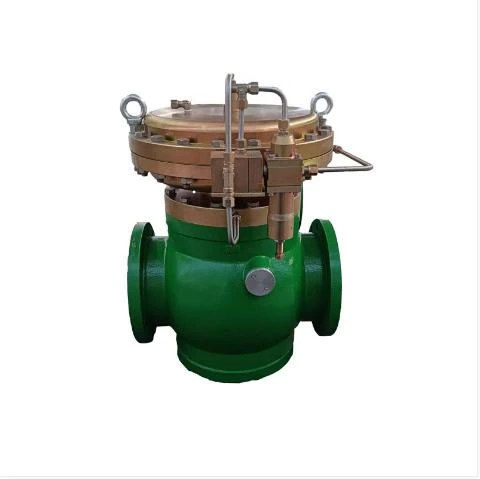
Dec . 19, 2024 11:43
Back to list
natural gas distribution station
The Role and Importance of Natural Gas Distribution Stations
Natural gas has increasingly become a key component in the global energy landscape, serving as a cleaner alternative to coal and oil. Its versatility allows it to be used for heating, electricity generation, and as an industrial feedstock. At the heart of its distribution network are the natural gas distribution stations, which play a crucial role in ensuring this energy source is efficiently and safely delivered to consumers. This article will explore the significance of natural gas distribution stations, their operational mechanisms, and their impact on communities and the environment.
Understanding Natural Gas Distribution Stations
Natural gas distribution stations are infrastructure facilities that receive gas from high-pressure transmission pipelines and reduce it to lower pressures for safe distribution to residential, commercial, and industrial users. The process involved in gas distribution is multi-faceted and requires several critical steps to ensure that the gas reaches its destination in both a safe and efficient manner.
First, the gas transmission system plays the vital role of transporting natural gas from production sites to distribution points, where it can be further processed. At distribution stations, various processes occur, including pressure regulation, odorization (adding an odorant for leak detection), and metering, all of which are essential for safe and reliable delivery. Additionally, these stations may be equipped with safety devices that automatically shut off the flow in case of a disruption, protecting both the system and the consumers.
Operational Mechanisms
Natural gas distribution stations utilize various technologies to manage the gas effectively. Among the key components are
1. Pressure Regulators These devices maintain the desired pressure of natural gas. High levels of pressure can pose a hazard, thus regulating it ensures that consumers receive gas at a safe pressure level.
2. Odorization Systems Since natural gas is colorless and odorless, an odorant (commonly mercaptan) is added to the gas. This provides a distinct smell, allowing leaks to be detected quickly and reducing the risk of accidents.
natural gas distribution station

3. Flow Meters These instruments measure the volume of gas flowing through the distribution pipelines. Accurate metering is essential for billing purposes and for monitoring system performance.
4. Safety Systems Distribution stations are equipped with emergency shutdown systems, gas monitoring systems, and other safety devices to quickly respond to any issues that may arise.
Community Impact
Natural gas distribution stations have a significant impact on communities. They provide a reliable source of energy that supports local economies by energizing industries, powering homes, and fueling transportation. In many regions, natural gas is an essential component of the energy mix, and its availability can enhance quality of life by providing a dependable source of heating and cooking fuel. Moreover, natural gas is often viewed as a bridge fuel in the transition to cleaner energy sources, as it generates lower carbon emissions compared to coal and oil.
Additionally, these stations create job opportunities, from construction and maintenance to operational roles. The presence of a natural gas distribution station can stimulate economic growth in the surrounding area, attracting businesses that rely on stable energy sources.
Environmental Considerations
While the benefits of natural gas distribution stations are considerable, they are not without environmental concerns. Methane, the main component of natural gas, is a potent greenhouse gas. Leakage during distribution can contribute to climate change, necessitating rigorous monitoring and maintenance protocols. Furthermore, the extraction and transportation of natural gas can disturb ecosystems and communities. As such, it is crucial for operators to implement best practices that minimize environmental impact while delivering this essential resource.
Conclusion
Natural gas distribution stations are vital components of the modern energy infrastructure. Their ability to transport and deliver natural gas safely, reliably, and efficiently underscores their importance in promoting energy security and environmental sustainability. As the world navigates the complexities of the energy transition, the role of natural gas and its distribution mechanisms will continue to evolve, highlighting the need for innovation and responsibility in this critical sector. Investing in technology and safety measures will be paramount to harnessing the potential of natural gas while addressing the environmental challenges it poses.
Latest news
-
Safety Valve Spring-Loaded Design Overpressure ProtectionNewsJul.25,2025
-
Precision Voltage Regulator AC5 Accuracy Grade PerformanceNewsJul.25,2025
-
Natural Gas Pressure Regulating Skid Industrial Pipeline ApplicationsNewsJul.25,2025
-
Natural Gas Filter Stainless Steel Mesh Element DesignNewsJul.25,2025
-
Gas Pressure Regulator Valve Direct-Acting Spring-Loaded DesignNewsJul.25,2025
-
Decompression Equipment Multi-Stage Heat Exchange System DesignNewsJul.25,2025

